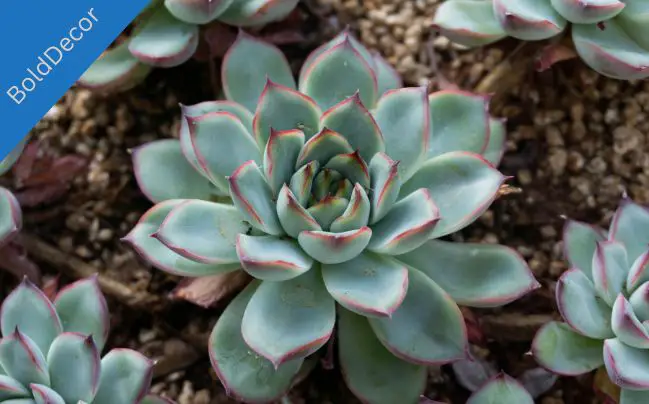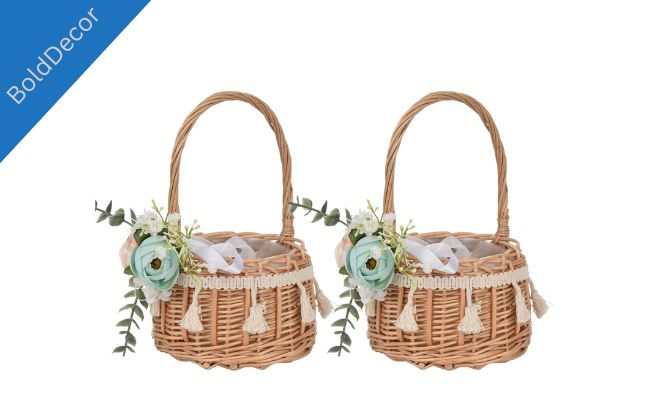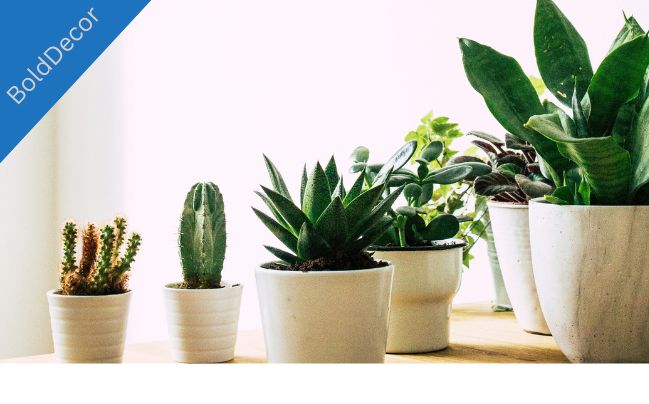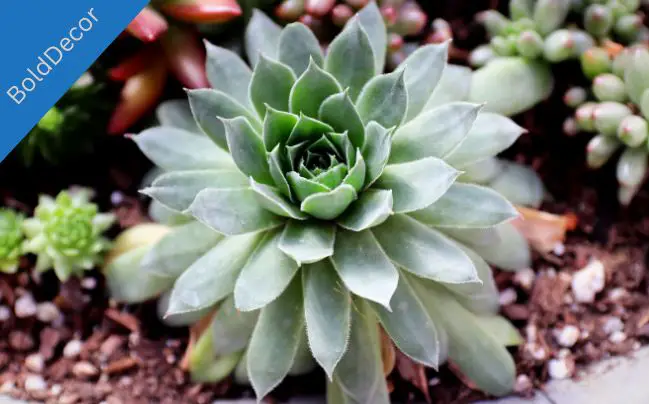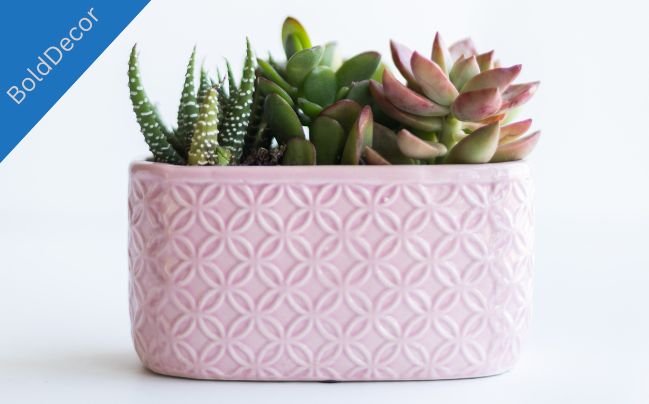Welcome to my comprehensive guide on succulents for beginners! If you’re looking for an easy-care plant to add some greenery to your indoor space, succulents are the perfect choice. These resilient plants are known for their unique ability to store water in their leaves, making them highly drought-tolerant and low-maintenance.
In this guide, I’ll walk you through everything you need to know to grow healthy and vibrant succulents indoors. I’ll cover topics such as selecting beginner-friendly varieties, understanding their light and water requirements, and addressing common problems. With my tips and tricks, you’ll become a pro at indoor gardening with succulents in no time!
Key Takeaways:
- Succulents are easy-care plants that are perfect for beginners in indoor gardening.
- They are resilient and drought-tolerant thanks to their ability to store water in their leaves.
- In this guide, you’ll learn how to select beginner-friendly succulent varieties and understand their light and water requirements.
- You’ll also learn how to propagate succulents and address common problems like pests and diseases.
- By incorporating succulents in your indoor décor, you’ll create a beautiful, low-maintenance space that’s perfect for any home!
Table of Contents
Why Choose Succulents for Indoor Gardening?
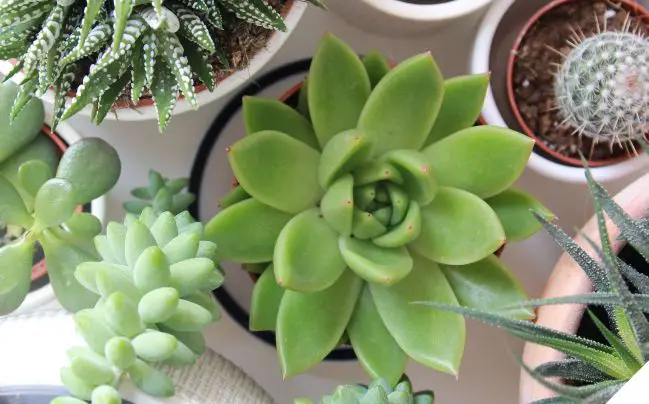
When it comes to indoor gardening, succulent plants are a great choice for many reasons. Not only are they beautiful and come in a wide variety of shapes and colors, but they are also easy-care plants that require minimal attention.
One of the things that make succulents so appealing is their unique ability to store water in their leaves, stems, and roots. This means they can go long periods without being watered, making them ideal for those who don’t have a lot of time or experience with plants.
Another advantage of growing succulents indoors is their adaptability to different light conditions. While many plants require bright, direct sunlight, succulents can thrive in a range of lighting situations, including low light environments. This makes them versatile enough to be placed in almost any room in the house.
Finally, succulents are becoming more and more popular as home decor items. They look great in a variety of containers, from small pots to terrariums, and can add a natural touch to any living space. Plus, with their low maintenance needs, they make a great addition to any busy household.
Getting Started: Succulents for Beginners
Succulents are the perfect indoor plant for beginners. They are easy to care for and come in a wide range of varieties to choose from. However, not all succulents are created equal, and some may require more specialized care. That’s why it’s essential to choose beginner-friendly succulent varieties for growing indoors.
When selecting succulents, look for those that are hardy, resilient, and adaptable to a range of indoor conditions. Some popular and beginner-friendly succulent varieties include:
| Succulent Variety | Characteristics |
|---|---|
| Echeveria | Large rosette-shaped leaves, easily propagated by the offsets they produce, and come in a variety of colors. |
| Haworthia | Small and slow-growing, ideal for smaller spaces, and come in various shapes and forms. |
| Sedum | Drought-tolerant, easy to propagate, and come in a variety of shapes and colors. |
It’s also important to consider the lighting conditions in your home. Some succulents require full sun, while others prefer low light. Make sure to select varieties that match the lighting conditions in your home.
When starting with succulents, it’s best to choose a few easy-care plants to gain confidence in caring for them before expanding your collection. With the right succulent varieties, you’ll have a thriving indoor garden in no time!
Essential Tools and Materials for Succulent Care
Successfully caring for your succulents requires the right tools and materials. Here are the essential items you’ll need:
| Item | Description |
|---|---|
| Well-draining soil | Succulents need soil that drains well to prevent root rot. You can buy pre-made succulent soil or make your own by mixing potting soil, sand, and perlite. |
| Suitable pots | Choose pots with drainage holes to ensure excess water can escape. Terracotta pots are a popular choice as they are porous and allow for air circulation. |
| Watering can with a narrow spout | It’s important to water your succulents gently to avoid overwatering. A watering can with a narrow spout allows for precise watering. |
| Gardening gloves | Protect your hands from prickly succulent spines and minimize the risk of injury or infection by wearing gardening gloves. |
These items are readily available at gardening stores and online retailers. Investing in quality tools and materials will help you take care of your succulents and keep them healthy and thriving.
Understanding Succulent Light Requirements
As mentioned earlier, light is a vital aspect of succulent care. The lighting conditions in your home can significantly impact the growth and health of your succulents. Understanding the various light requirements of succulents is crucial to ensure their proper growth.
Full Sun
Succulents that require full sun need at least six hours of direct sunlight every day. Examples of succulents that thrive in full sun include Sedum Rubrotinctum, Echeveria Gibbiflora, and Crassula Ovata.
Bright Indirect Light
Most succulent varieties prefer bright indirect light. These succulents require some direct sunlight but should be shielded from the harsh, midday sun. Examples of succulents that thrive in bright indirect light include Haworthia Cooperi, Gasteria Batesiana, and Aloe Vera.
Low Light Conditions
Some varieties of succulents can tolerate low light conditions and do not require direct sunlight. Examples of succulents that thrive in low light conditions include Sansevieria Trifasciata, Haworthia Fasciata, and Zamioculcas Zamiifolia.
It’s essential to observe your succulents carefully and ensure they are getting adequate light. If you notice signs of etiolation or stretching, it may indicate that your succulents are not getting enough light.
Tip: If you’re growing succulents indoors, placing them near a south-facing window can provide the ideal light conditions for optimal growth.
By following these succulent care tips and understanding the light requirements of succulents, you can create an optimal environment for your plants to thrive and grow.
Succulent Care Tips: Watering Dos and Don’ts for Easy-Care Indoor Gardening
One of the biggest mistakes beginners make when growing succulents is overwatering them. As easy-care plants, succulents don’t require frequent watering like other houseplants. Here are some succulent care tips to help you water your plants properly and avoid common mistakes.
Do: Water Sparingly
When it comes to watering succulents, less is more. Overwatering can cause root rot, which can ultimately kill your plant. As a general rule, water your succulents only when the soil is completely dry. Stick your finger into the soil up to the first knuckle – if it feels dry, it’s time to water.
Don’t: Use a Wide Spout Watering Can
Succulents have shallow roots that are prone to rotting if they’re kept too wet. When watering, use a watering can with a narrow spout to control the flow of water and avoid saturating the soil. This will allow the water to reach the roots without drowning them.
Do: Use Well-Draining Soil
Succulents are adapted to grow in arid environments, so they need soil that drains well. Use a potting mix specifically formulated for cacti and succulents, or make your own by mixing regular potting soil with coarse sand, perlite or vermiculite.
Don’t: Water Succulents Too Often
Overwatering is one of the most common reasons succulents die. Water your succulents only when the soil is dry, and avoid watering on a schedule. How often you need to water your succulents will depend on factors like humidity, temperature, and the size of your pot. A good rule of thumb is to water once every two weeks, but adjust as necessary.
Do: Water the Soil Directly
To avoid getting water on the leaves of your succulent, which can cause rot and fungal issues, water the soil directly. Pour the water slowly onto the soil around the base of the plant until it starts to come out of the drainage holes. Allow the soil to absorb the water before draining the excess.
Don’t: Leave Your Succulent in a Wet Saucer
Succulents should never be left standing in water, as this can cause root rot. After watering, empty the saucer under your pot to ensure that any excess water drains away.
Temperature and Humidity Considerations for Succulents
As with all plants, succulents have specific temperature and humidity preferences that affect their growth and overall health. Here are some tips to keep in mind to ensure your succulents thrive in your indoor gardening space:
Optimal Temperature Range
Succulents prefer a temperature range of around 60-75°F (15-24°C). Temperatures above or below this range can stress the plants and affect their growth. Keep your succulents away from drafty areas, open windows, or air conditioning units, which can cause rapid temperature changes.
Protecting from Extreme Temperatures
Exposure to extreme temperatures can damage or kill your succulents. If you live in an area with high temperatures, consider using shades or curtains to protect your plants from direct sunlight during the hottest parts of the day. In colder regions, avoid placing your succulents near windows or doors that let in cold drafts.
Providing Adequate Humidity
While succulents are known for their ability to store water in their leaves, they still require some level of humidity to thrive. However, high humidity levels can cause problems like fungus and rot. To balance humidity levels, consider grouping your succulents together or using a humidifier to increase moisture in the air. Alternatively, you can mist your succulents every few days with a spray bottle and allow the excess water to evaporate.
Summary of Tips
- Keep the temperature range between 60-75°F (15-24°C)
- Protect succulents from extreme temperatures
- Balance humidity levels with groupings or humidifiers
- Mist succulents every few days to increase humidity, if needed
By keeping these temperature and humidity considerations in mind, you can create an ideal environment for your succulents to flourish indoors. Remember, succulents are easy-care plants, but they still require some attention to provide optimal living conditions!
Propagating Succulents: Growing Your Collection
Propagating succulents is an excellent way to grow your collection and share your love of these easy-care plants with friends. There are several propagation methods, including leaf cuttings and stem cuttings.
Propagating with Leaf Cuttings
Leaf cuttings are an easy way to propagate succulents. Here’s how to do it:
- Gently remove a leaf from the parent plant, making sure to keep the base intact.
- Allow the leaf to dry for a few days until a callus forms over the cut end.
- Place the leaf on top of well-draining soil and mist it lightly with water.
- Wait for the leaf to develop roots and a new rosette of leaves, which can take several weeks to a few months.
Once the new plant has grown large enough, you can transplant it into its container or a larger pot.
Propagating with Stem Cuttings
Stem cuttings are another easy way to propagate succulents. Here’s how:
- Using a clean, sharp pair of scissors or garden shears, cut a stem from the parent plant.
- Allow the stem to dry for a few days until a callus forms over the cut end.
- Plant the stem in well-draining soil, burying the cut end up to the first set of leaves.
- Mist the soil lightly and keep it slightly moist until the cutting roots and new growth appears, which can take several weeks to a few months.
Once the new plant has grown large enough, you can transplant it into its container or a larger pot.
Propagation is a fun and rewarding way to expand your succulent collection. With these simple tips, you’ll be able to successfully propagate your plants and enjoy watching them grow.
Dealing with Common Succulent Problems
While succulents are easy-care plants, they can still face some common problems. It’s essential to address these issues promptly to keep your succulents healthy and thriving. Here are some succulent care tips to help you deal with common problems:
1. Pests
Succulents can attract pests like mealybugs, spider mites, and scale insects. To prevent infestations, regularly check your succulents for signs of pests like webbing, sticky residue, or distorted leaves. If you identify an infestation, isolate the affected plants and remove pests manually using a cotton swab dipped in rubbing alcohol. You can also use insecticidal soap or neem oil spray, following the manufacturer’s instructions.
2. Diseases
Root rot, fungal infections, and bacterial diseases can affect succulents, especially if they’re overwatered or exposed to high humidity. To prevent diseases, ensure your succulents are planted in well-draining soil and don’t sit in water. If you notice signs of disease like black spots, yellowing leaves, or mushy stems, remove the affected parts and treat the plant with a fungicide or bactericide, following the manufacturer’s instructions.
3. Overwatering
Overwatering can be detrimental to succulents as they’re adapted to drought conditions. Signs of overwatering include yellowing leaves, mushy stems, and a foul odor. To prevent overwatering, water your succulents only when the soil is dry to the touch and use a pot with drainage holes. If you suspect overwatering, stop watering your succulent for a few weeks to allow the soil to dry out and the roots to recover.
4. Underwatering
While succulents are drought-tolerant, they still need water to survive. Signs of underwatering include wilting, shriveled leaves, and a dry soil surface. To prevent underwatering, water your succulents thoroughly, ensuring the water reaches the roots, and adjust the watering frequency based on the environmental conditions. You can also use a moisture meter to check the soil moisture level regularly.
5. Sunburn
Succulents need bright light to thrive, but too much direct sunlight can cause sunburn, especially for varieties with light-colored or thin leaves. Signs of sunburn include brown, black, or white spots on the leaves. To prevent sunburn, gradually expose your succulents to direct sunlight, starting with a few hours per day and increasing the duration over time. You can also provide shade during the hottest part of the day, use sheer curtains, or move the plant to a spot with indirect light.
By following these succulent care tips, you’ll be able to address common problems and ensure your indoor gardening experience is both enjoyable and successful.
Adding a Decorative Touch: Succulents in Containers
If you’re looking to add some greenery to your indoor space, look no further than succulents! These easy-care plants are not only low-maintenance, but also come in a wide range of stunning varieties that are sure to complement any decor style.
Choosing the Right Pots
When selecting pots for your succulents, make sure they have drainage holes to prevent water from sitting in the soil. Terracotta pots are a great option as they are porous and allow for air circulation. You can also get creative with different shapes and sizes of containers, such as hanging planters or glass terrariums.
Arranging Succulents in Groups
Succulents look best when arranged in groups of two or more. You can create a visually appealing display by selecting varieties with different colors, textures, and shapes. Consider playing with height and using a mix of trailing and upright plants to add dimension to your arrangement.
Adding Decorative Elements
Take your succulent display to the next level by incorporating decorative elements such as small rocks, sand, or moss. These additions not only add to the aesthetic appeal but can also help with drainage and moisture retention. You can even use interesting driftwood or seashells to create a coastal-inspired theme.
Table: Popular Indoor Succulent Varieties
| Succulent Variety | Light Requirements | Watering Needs |
|---|---|---|
| Echeveria | Bright, indirect light | Allow soil to dry out completely between waterings |
| Haworthia | Low to bright light | Water when soil is completely dry |
| Sedum | Full sun to bright, indirect light | Water once soil has dried out |
As you can see, succulents are the perfect addition to any indoor gardening space. With their minimal care requirements and stunning aesthetic appeal, they are sure to bring joy to any plant enthusiast. Give them a try and watch your indoor space transform into a green oasis!
Bottom line:
Thanks for joining me on this journey to mastering the basics of succulent care for beginners. With this guide, you have all the tools and knowledge needed to grow these beautiful and easy-care plants indoors.
Start with Beginner-Friendly Varieties
When selecting your succulents, opt for varieties that are known for their resilience and adaptability. Echeveria, Haworthia, and Sedum are all excellent choices for beginners.
Provide Proper Light and Water
Remember to consider the lighting conditions in your home and select succulents that thrive in those conditions. Light is crucial for succulent growth, and learning how to water them properly is essential to their survival.
Address Any Problems That Arise
Succulents are low-maintenance, but they can face some common problems like pests, diseases, and rot. By being vigilant and addressing issues promptly, you’ll keep your succulents healthy and happy.
Add a Decorative Touch to Your Home
Incorporate your succulents into your indoor décor by choosing the right pots, arranging them in groups, and adding decorative elements. With their versatility and beauty, succulents are the perfect addition to any home.
Thank you again for reading this guide on succulent care for beginners. With a little bit of knowledge and care, you’ll be amazed at how quickly your succulent collection will thrive. Happy indoor gardening!
FAQ
Why choose succulents for indoor gardening?
Succulents are the perfect choice for indoor gardening due to their unique characteristics. These hardy plants have the ability to store water in their leaves, making them highly drought-tolerant. Their minimal care requirements and wide range of stunning varieties make them ideal for beginners looking to add some greenery to their homes.
How do I choose the right succulent varieties for beginners?
When starting with succulents, it’s important to choose varieties that are beginner-friendly and easy to grow. Look for succulents like Echeveria, Haworthia, and Sedum, which are known for their resilience and adaptability. Consider the lighting conditions in your home and select succulents that thrive in those conditions.
What tools and materials do I need for succulent care?
To successfully care for your succulents, you’ll need a few essential tools and materials. These include well-draining soil, suitable pots, a watering can with a narrow spout, and a pair of gardening gloves. I’ll provide you with all the necessary information on how to use these tools effectively for optimal succulent growth.
How do I understand succulent light requirements?
Light is a crucial factor in succulent care. I’ll guide you through understanding the different light requirements of succulents, including full sun, bright indirect light, and low light conditions. This knowledge will help you find the perfect spot for your succulents and ensure their healthy growth.
What are the dos and don’ts of watering succulents?
Learning how to water succulents properly is essential for their survival. I’ll share valuable watering tips, including how often to water, signs of overwatering and underwatering, and the importance of well-draining soil. With these dos and don’ts, you’ll avoid common watering mistakes and keep your succulents thriving.
How do temperature and humidity affect succulents?
Succulents have specific temperature and humidity preferences. I’ll explain the optimal temperature range for succulents, how to protect them from extreme temperatures, and how to provide adequate humidity. Understanding these factors will help you create a suitable environment for your succulents to thrive.
How can I propagate succulents?
Propagating succulents is an exciting way to expand your collection. I’ll guide you through various propagation methods, including leaf and stem cuttings, and provide step-by-step instructions for successful propagation. With these techniques, you’ll be able to grow new succulents from the ones you already have.
How do I deal with common succulent problems?
Despite being low-maintenance, succulents can face some common problems like pests, diseases, and rot. I’ll help you identify and address these issues promptly, providing tips on pest control, disease prevention, and proper care to keep your succulents in top shape.
How can I display succulents in containers?
Succulents are versatile plants that look stunning in containers. I’ll share creative ideas for displaying your succulents, including choosing the right pots, arranging them in groups, and adding decorative elements. By incorporating succulents in your indoor décor, you’ll create a beautiful and inviting space.

